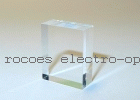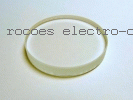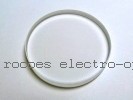ROCOES Optical
HOME > Glass
HOME
>
Glass
>
Sapphire
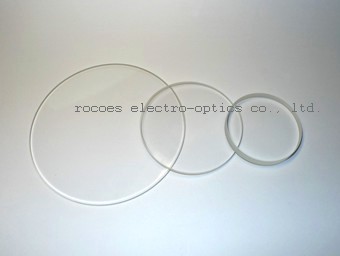
Sapphire
Also know as Synthetic Sapphire
Functions:High surface hardness, high temperature resistance
Application: Various instrument windows, watch surface, Cover glass
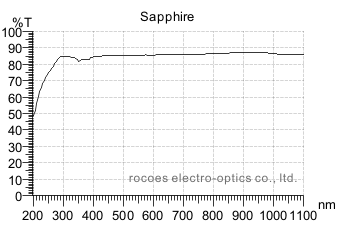
ITEM NO:SAPPHIRE
Spectral Characteristics
Tave>85% @ 400-700nm
Physical Characteristics
0.6, 1.0, 2.0, 3.0mm (Customizable thickness)
Square: 8x8 - 100x100mm
Round: Dia8 - 100mm
Resistant Temperature
450℃
Sapphire material properties |
||
|---|---|---|
| Physical properties | Crystal Structure | single crystal |
| Ingredients | Al2O3 | |
| Main Impurities | Na, Si, Ca, Fe, Ga, Mg, Ti, Mn, Pb, Cu, Zn, Ni, Cr. | |
| density | 3.99-3.98g/cm3 | |
| Thermal properties | melting point | 2320K3 |
| Softening point | 2070K3 | |
| thermal expansion | 6.2*10-6/K @300K3 | |
| Mechanical properties | hardness |
9 (Mohs Scale of hardness) |
| Electrical properties | Refractive index (@589.3nm) | 1.760 parallel C-axis faces |
| 1.769 Vertical C-axis faces | ||
| Resistance value | 770K: 1011Ω.cm | |
| 1270K: 106Ω.cm | ||
| 2270K: 103Ω.cm | ROCOES strives to keep the website information up to date.
|
|
Information and Notes
1. Mohs hardness: Mohs' scale of hardness; Mohs hardness scale. Also known as Moss hardness, a standard for mineral hardness. First proposed by the German mineralogist Frederich Mohs in 1812.
The scratch method is used to scratch the surface of the tested mineral by the pyramidal diamond needle, and it is customary to use Mohs hardness in mineralogy or gemology. Use the measured depth of the scratches to represent the hardness in ten steps:
1 talc (hardness), 2 gypsum, 3 calcite,
4 fluorite, 5 apatite, 6 feldspar (orthoclase; periclase)
7 quartz (quartz), 8 topaz, 9 corundum, 10 diamond.
2. Special shapes or thicknesses can be cut or machined according to customer requirements. Please refer to Glass process for processing.
3. The transmittance curves are measurements at 0°of incidence angle.
4. Need higher penetration? Please refer to anti-reflection processing.
5. The website specifications are for reference only, and shipments are subjected to the specifications confirmed by both parties.
